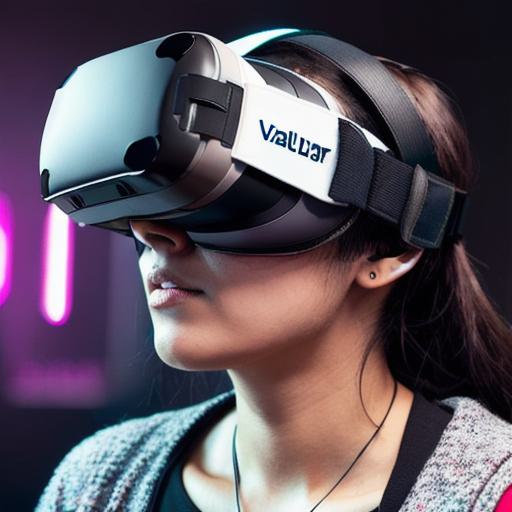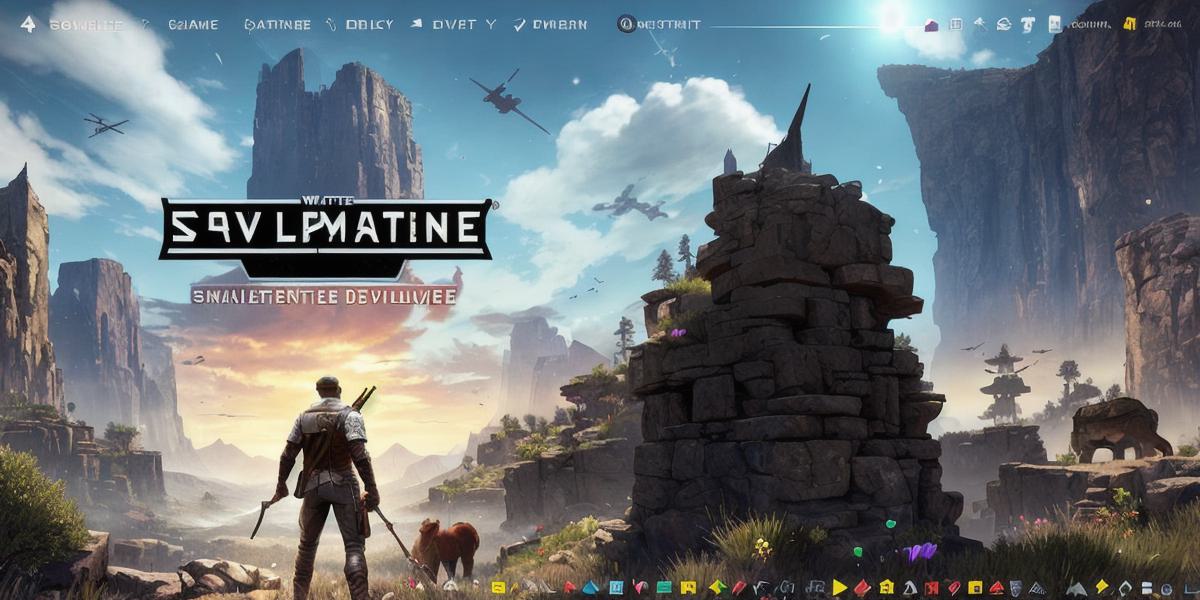Introduction
Western game development has come a long way since its early days, with developers constantly pushing the boundaries of what is possible in the gaming world. With advancements in technology and changes in player preferences, new trends are emerging in the industry that are shaping the future of gaming. In this article, we will explore some of the latest trends in Western game development, including virtual reality (VR), augmented reality (AR), mobile gaming, and more. We will also delve into how these trends are influencing the way games are designed, developed, and marketed.
Virtual Reality (VR)
Virtual reality has been a hot topic in the gaming world for several years now, with many developers investing heavily in this technology. VR allows players to fully immerse themselves in a game, experiencing it as if they were actually there. This immersive experience has the potential to revolutionize the way games are played and experienced.
One of the key advantages of VR is that it allows for greater player engagement and interaction with the game world. Players can explore the game environment in a more realistic way, interacting with objects and characters in a way that was previously not possible. This has led to some truly innovative and exciting games, such as Beat Saber, which uses VR to create a rhythm-based music experience that is both fun and challenging.
Another advantage of VR is that it allows for more realistic and detailed game environments. With VR, developers can create incredibly lifelike characters and objects that players can interact with in a way that was previously not possible. This has led to some truly stunning visuals, such as the graphics in the VR version of Half-Life: Alyx.
However, there are also some challenges associated with VR development. One of the biggest challenges is motion sickness, which can be caused by the disconnect between what the player sees and what their body feels. Developers must carefully consider how to design their games to minimize the risk of motion sickness, while still providing an immersive and engaging experience for players.
Augmented Reality (AR)
Augmented reality is another emerging technology that is being used in game development. AR allows players to overlay digital information on top of the real world, creating a blend of virtual and real-world elements. This can create some truly innovative and exciting games, such as Pokémon Go, which uses AR to allow players to catch virtual creatures in the real world.
One of the key advantages of AR is that it allows for greater player interaction with the game world. Players can interact with objects and characters in a way that was previously not possible, creating a more engaging and immersive experience. This has led to some truly innovative games, such as Minecraft Earth, which uses AR to allow players to build and explore virtual worlds in the real world.
Another advantage of AR is that it allows for greater accessibility to gaming. Players can play games on-the-go, without needing a dedicated gaming console or computer. This has led to a rise in mobile gaming, which we will discuss in more detail later in this article.
Mobile Gaming
Mobile gaming has come a long way since its early days, with developers constantly pushing the boundaries of what is possible on mobile devices. Mobile gaming allows players to play games on-the-go, without needing a dedicated gaming console or computer. This has led to a rise in casual gaming, as players can easily pick up and play games while commuting to work, waiting in line, or simply relaxing at home.

One of the key advantages of mobile gaming is that it allows for greater accessibility to gaming. Players can play games on-the-go, without needing a dedicated gaming console or computer. This has led to a rise in casual gaming, as players can easily pick up and play games while commuting to work, waiting in line, or simply relaxing at home.
